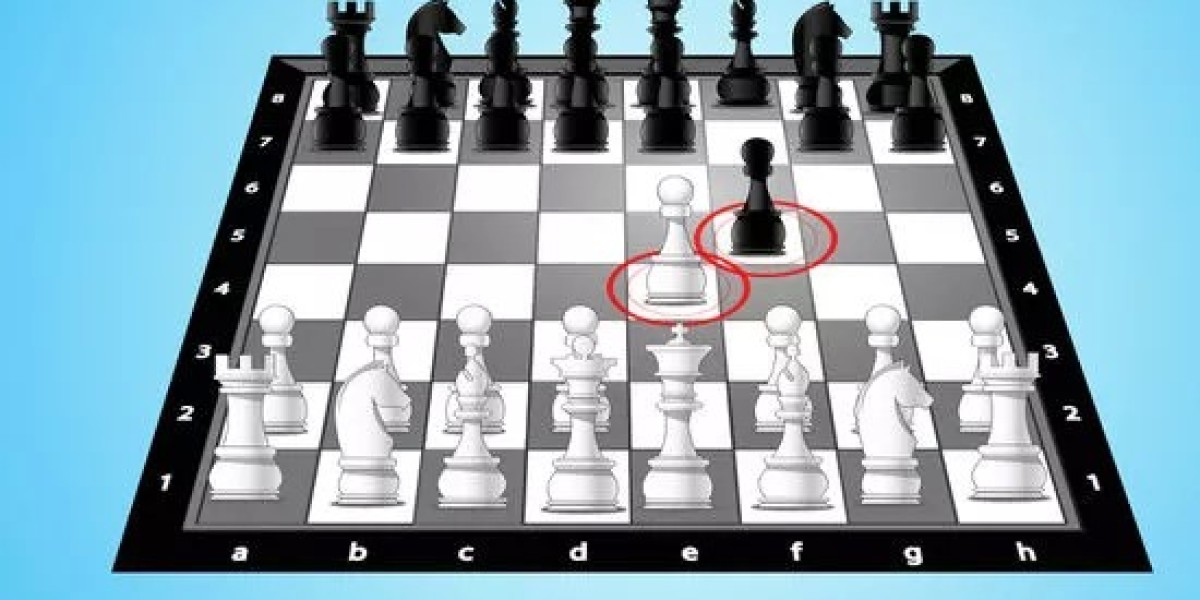Chess is a strategy game where 2 players move their pieces on a 64-square board, trying to checkmate the opponent’s king. Chess moves are the actions each player can perform with their pieces, following certain rules and conventions. Chess moves can be classified into different types: captures, checks, castling, en passant, and promotion. This article will explain each type of chess move and give examples of how they are used in chess games.
Chess Moves: Captures
A capture is a chess move involving removing an enemy piece from the board and replacing it with one’s own. Captures are usually beneficial for the capturing player, as they reduce the opponent’s material and increase one’s own. However, not all captures are good; some may expose one’s pieces to danger or lose tempo (time advantage). Therefore, one should always evaluate the consequences of a capture before making it.
An example of a capture is shown below. White plays 1. Nxd5, capturing the black pawn on d5 with the knight on c3. This is a good capture for White, as it gains a central pawn and opens up the c-file for the white rook.
Checks
A chess check attacks the enemy king directly, forcing the opponent to respond immediately. Checks are useful for creating threats, gaining time, or delivering checkmate (the ultimate goal of chess). However, not all checks are effective; some may be easily evaded or backfire. Therefore, one should always look for the best check available or avoid checking if it does not improve one’s position.
An example of a check is shown below. Black plays 1… Qh4+, checking the white king with the queen on h4. This is a bad check for Black, as it allows White to play 2. g3, attacking the black queen and gaining a tempo.
En Passant
En passant is another special chess move that involves capturing a pawn that has just moved two squares forward from its original position, as if it had moved only one square. En passant can only be done by a pawn on its fifth rank (for White) or fourth rank (for Black), and only on the next move after the opponent’s pawn has made a two-square move.
An example of en passant is shown below. Black plays 1… c5, moving the pawn from c7 to c5 in one move. White can then play 2. dxc6 en passant, capturing the black pawn on c6 with the white pawn on d5, as if the black pawn had moved to c6 instead of c5.
Promotion
Promotion is a chess move that involves changing a pawn that has reached the eighth rank (for White) or first rank (for Black) into another piece of the same color, except a king. Promotion usually creates a more powerful piece, such as a queen or a rook, that can help in the endgame or deliver a checkmate. The choice of the promoted piece depends on the player's position and strategy.
An example of promotion is shown below. White plays 1. e8=Q, promoting the pawn on e7 to a queen on e8. This is a good move for White, as it creates a new queen that can checkmate the black king in a few moves.
Conclusion
Chess moves are the basic elements of chess, and knowing how to use them effectively is essential for improving one’s chess skills. Chess moves can be divided into different types, such as captures, checks, castling, en passant, and promotion, each with its own rules and purposes. Learning the principles and examples of each type of chess move can enhance one’s understanding and enjoyment of the game.







